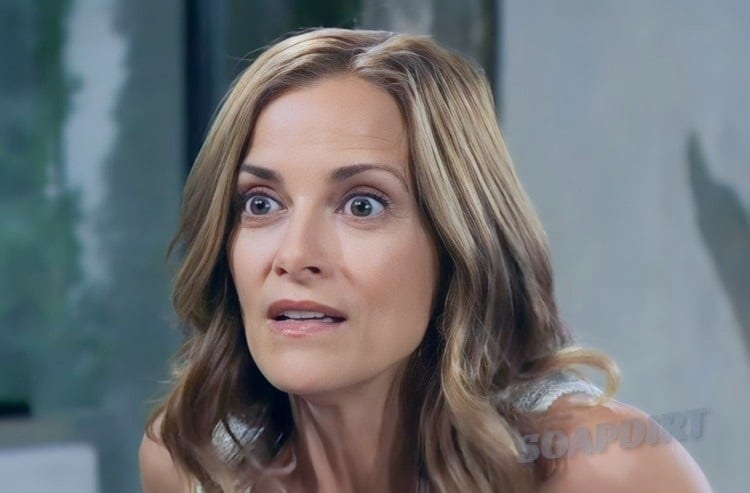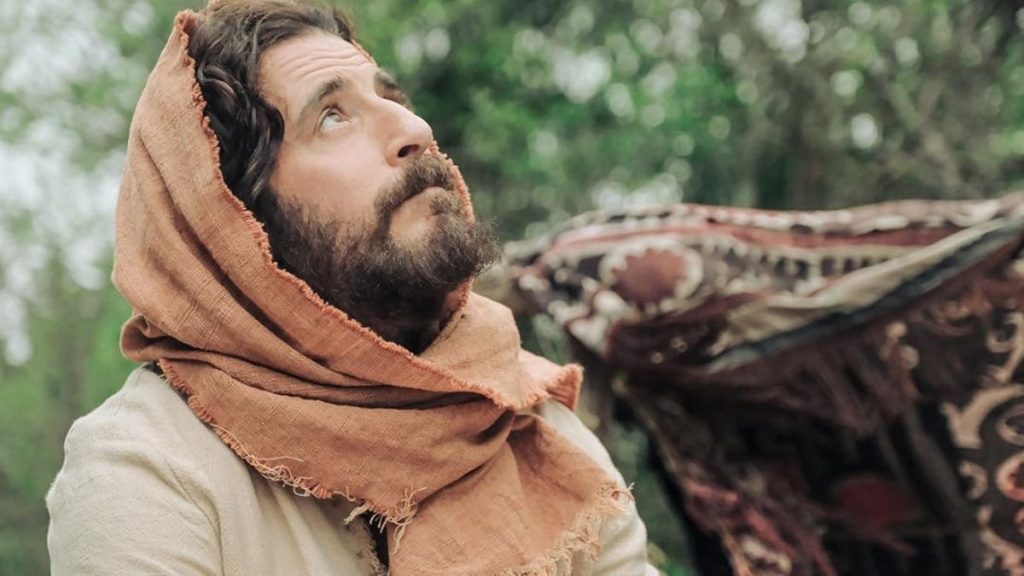Today marks the 4-year anniversary of Sam’s diagnosis with brain cancer. Just a little over four years ago, we were a happy family of five, and everything seemed nearly perfect in our little corner of the world. Everyone was...
Today marks the 4-year anniversary of Sam’s diagnosis with brain cancer. Just a little over four years ago, we were a happy family of five, and everything seemed nearly perfect in our little corner of the world. Everyone was healthy, happy and had their entire lives to look forward to. And then, in an instant, our lives changed—permanently.
 |
| Future Scholar |
We will never know what our Sammy could have grown up to be. Instead of a world of possibilities Sabrina and I now have only a world of what might have been. Cancer robs so much from the world when it takes an innocent soul.
I could write about how unfair life is. I could write a long torturing post about all of the bad things that Sam and we experienced from the time of his diagnosis through his crappy treatment and ultimately his death. I could also curl up into a little ball in the corner and cry and feel sorry for myself.
Instead, I just want to reiterate the main message that we are trying to spread: There is currently an abysmal amount of money spent on childhood cancer research; money spent on adult cancer research seldom trickles down to benefit children with cancer because their bodies cannot take the same kinds of treatment that adults can; and, the critical point, money spent on childhood cancer research can and does “trickle up” to benefit adults. When we fund childhood cancer research we are in fact funding adult medical research as well.
Last blog I wrote about why we fund the Samuel Jeffers Thalamic Glioma Fellowship at Weill-Cornell Medicine . I used Project Violet, another research effort we support, as an example of ground-breaking, pioneering work done by doctors and researchers who have devoted their lives to studying childhood cancer and who discovered a tool—Tumor Paint—that now stands to benefit all of society. Today, I’d like to give another example of “trickle up”.
Long-time followers will know that Dr. Mark Souweidane, head pediatric neurosurgeon at Weill-Cornell in NYC and co-director of the Children’s Brain Tumor Project, is the spearhead of our efforts to crack the thalamic glioma code. We stumbled across Dr. S through our research into promising pediatric cancer treatments for DIPG—another deadly brain tumor that kills far too many children. Dr. S has pioneered a drug delivery mechanism called Convection Enhanced Delivery (CED) whereby drugs or other therapeutic agents can be delivered directly into the tumor site, by-passing the blood brain barrier and offering a fighting chance for the medicine to have some effect on hard-to-reach tumors. In this trial, Dr. Souweidane was able to achieve concentrations of 1,000 times or more than what can be achieved with traditional IV chemotherapy. He was also able to design and test new ways to measure those concentrations at the tumor site and monitor how long the drug stayed in the tumor. Read more here.
 |
| Future Banker |
 |
| Future Engineer |
As wonderful as are the direct benefits to children of such a project, the translational benefits of using CED for DIPG has the potential to further evolve into a project that Dr. S expects to define many additional elements of local drug delivery to the brain. Aspects such as device design, dosimetry measurements, drug labeling, monitoring pharmacokinetics, and many others, can be applied to not only other brain tumor strategies but any disease in which drug delivery to the brain is crucial. What this means is that Dr. S’s work on children’s brain tumors could affect treatment for a wide host of other ailments including infections, degenerative diseases like dementia or Alzheimer’s, movement disorders, and epilepsy. DIPG—a children’s brain tumor—has afforded us the opportunity to translate an innovative and adventurous treatment paradigm for children into an actual clinical tool with widespread potential applications—for children and adults alike—even outside the world of cancer treatment.
 |
| Future Exec |
This is yet another example of how by helping children with cancer we are in fact helping ourselves. By funding children’s cancer research, not only are we working to save the lives of our precious offspring; we are also potentially saving the lives of our siblings, parents, grandparents and ourselves. We believe that’s a very wise investment.
 |
| Future Writer |
When Sabrina and I ask for donations to Sam’s Foundation, it’s important to know that we in no way directly benefit from that. No one at Sam’s Foundation earns a salary or receives any benefits. 100% of the money that people give to “Cooking up a Cure…” goes to childhood cancer research or to local families with children battling cancer. Click here to see where the thermometer is right now as we work towards our funding goal. We need to raise $75,000 annually in order to fund the Thalamic Glioma program at Weill-Cornell, and we need your help!
Thank you so much for your continued support.
John Jeffers
Cooking Up a Cure for Childhood Cancer


















